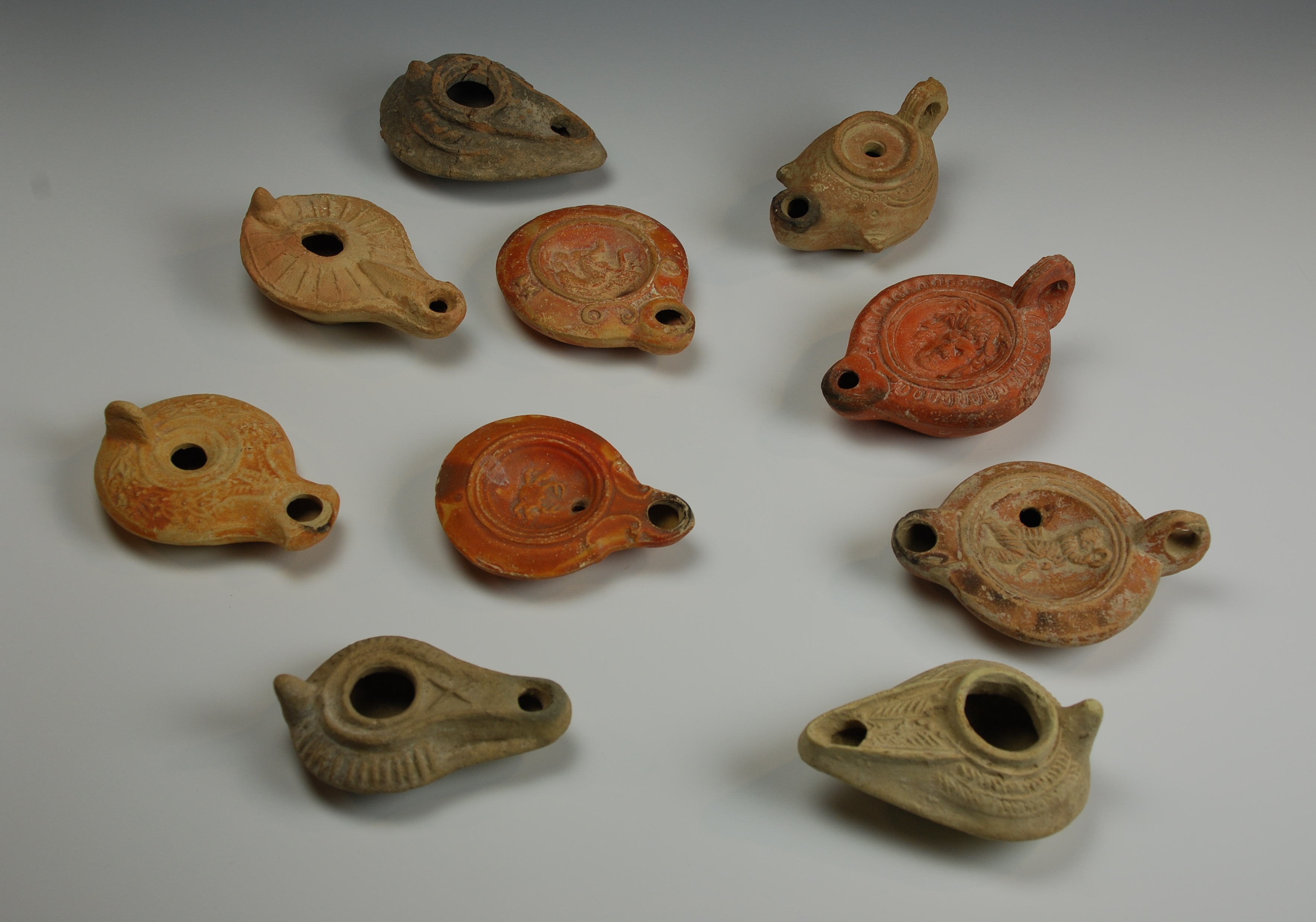a moment's reprieve
Oct. 8th, 2020 05:17 pm I had a flurry of work over the last two weeks and now have at least a day or two off, so I thought I'd post an update of the various goings-on and revisit them in my downtime.
- The trivium project: I had to give in and order a hard copy of Hawkings A Brief History of Time. Having to wait for available library ebooks coupled with the hard two-week deadline meant I just never had the book at the right time. So, a real book has been duly ordered. I continue to make my slow way through The Cosmic Doctrine, and haven't touched any other creation stories, though the few books I have that are relevant still sit in a pile in the living room. There won't be much headway until I make headway through this cosmogony section. I'll probably post, though, something on what I'm reading and what I think of it. Feel free to ignore :)
- The sonnet project: this also languished over the last two weeks, so I've written a grand total of one sonnet and one additional (mediocre) quatrain.
- The elemental divination project: This is newly upgraded to actual project-status! This last Monday, I finally 'fessed up that I'd not been following the instructions as given in The Druid Magic Handbook and much to my delight it turns out I'd found an acceptable loophole in the directions and wasn't going rogue! So, right now my daily meditation theme is focused on determining if there's a schematic/emblem onto which I can set each of the elemental correspondences as a kind of "map" or conceptual framework that expresses some of their relationships. I might be way off the mark or way too early in the process to be successful at this part of it. In the meantime, I've been typing up my handwritten notes and will probably have something to share at some point down the line.
- The garden project (not exactly related to this here blog, but might as well report on it since I've talked about my garden in the past): This is not going very well! We had two scorching heatwaves, regional fires, and I was busy when we did have tolerable weather. The vegetable garden is what I'm trying to establish and right now it's a dry barren plot. At least the fruit trees aren't dead, but I am late to get a load of compost (need to really enrich the soil), not to mention start seeds. I do have a few cabbages and kale seedlings going, but... seriously, it's been a dispiriting weight on my mind. Also, we lost a chicken in the heat and ended up giving away the remaining bird when I couldn't find any adult hens to adopt-in.












